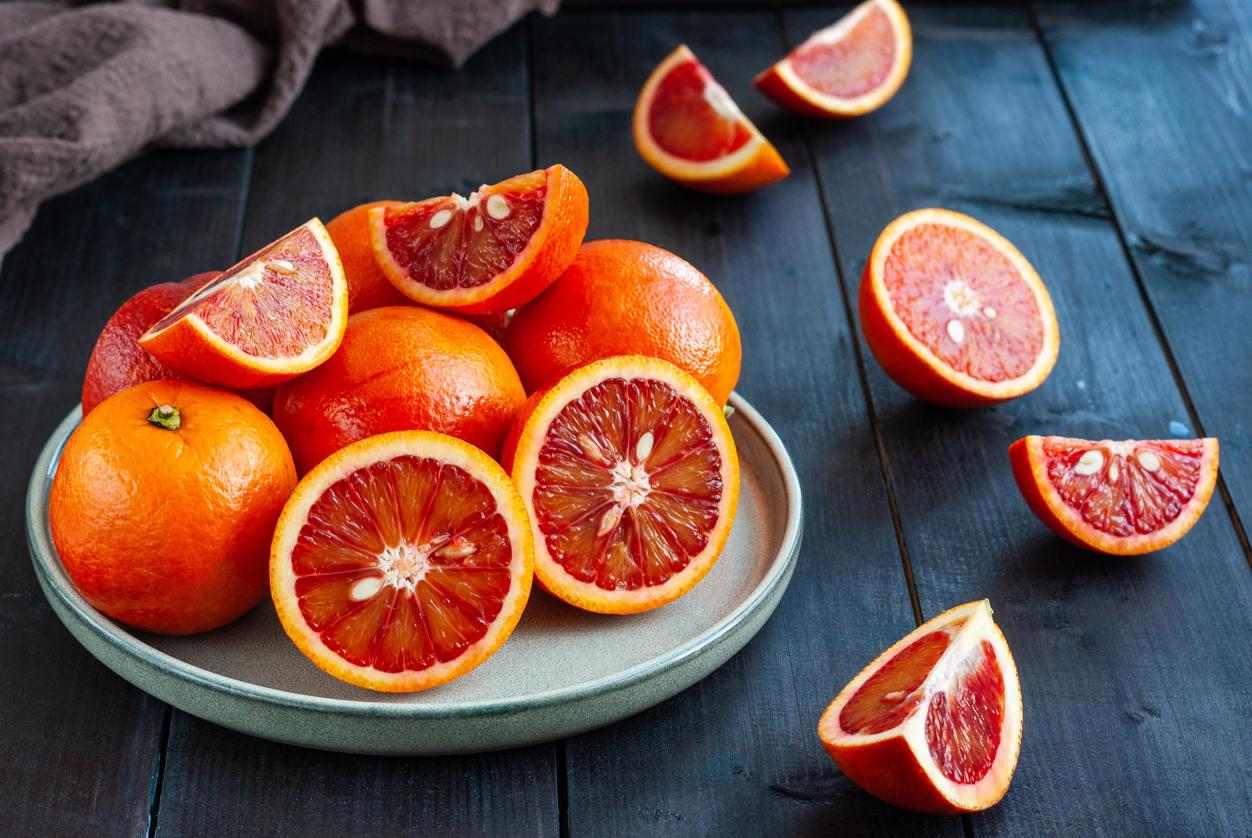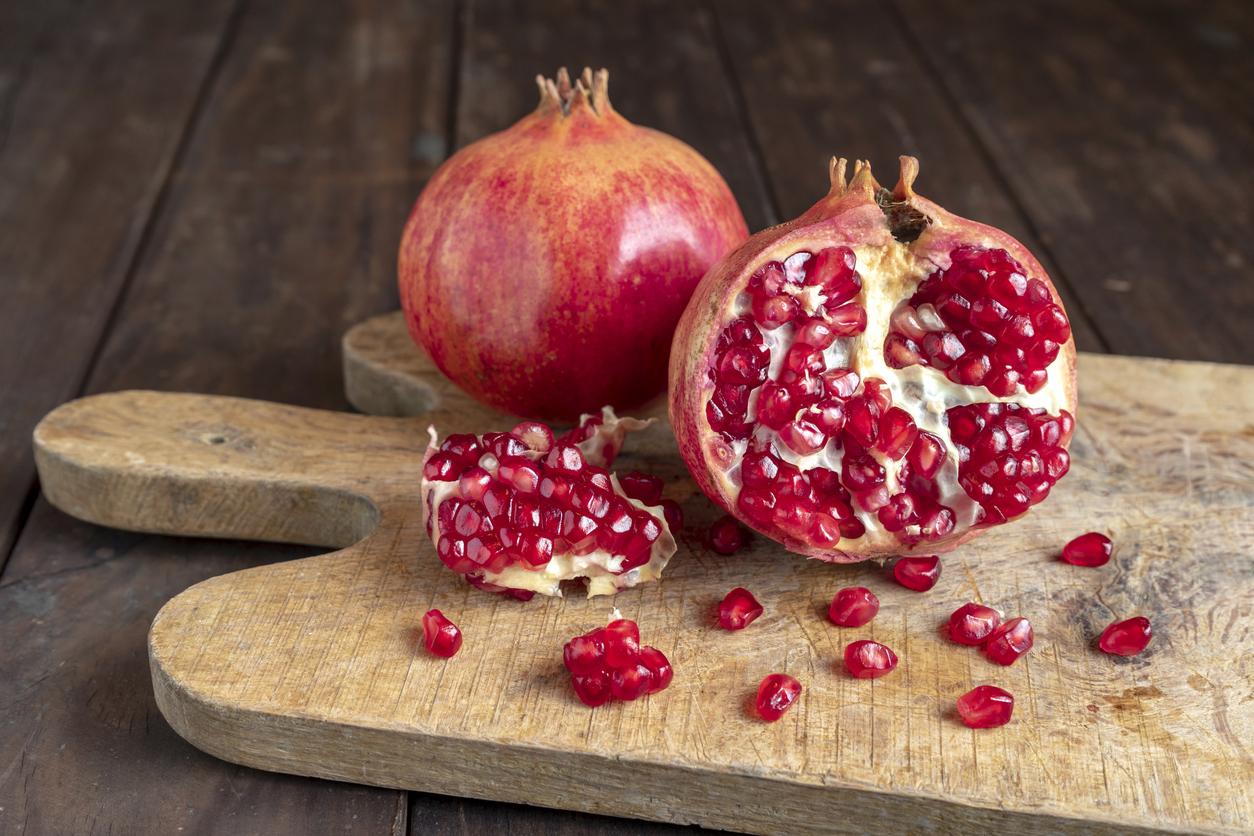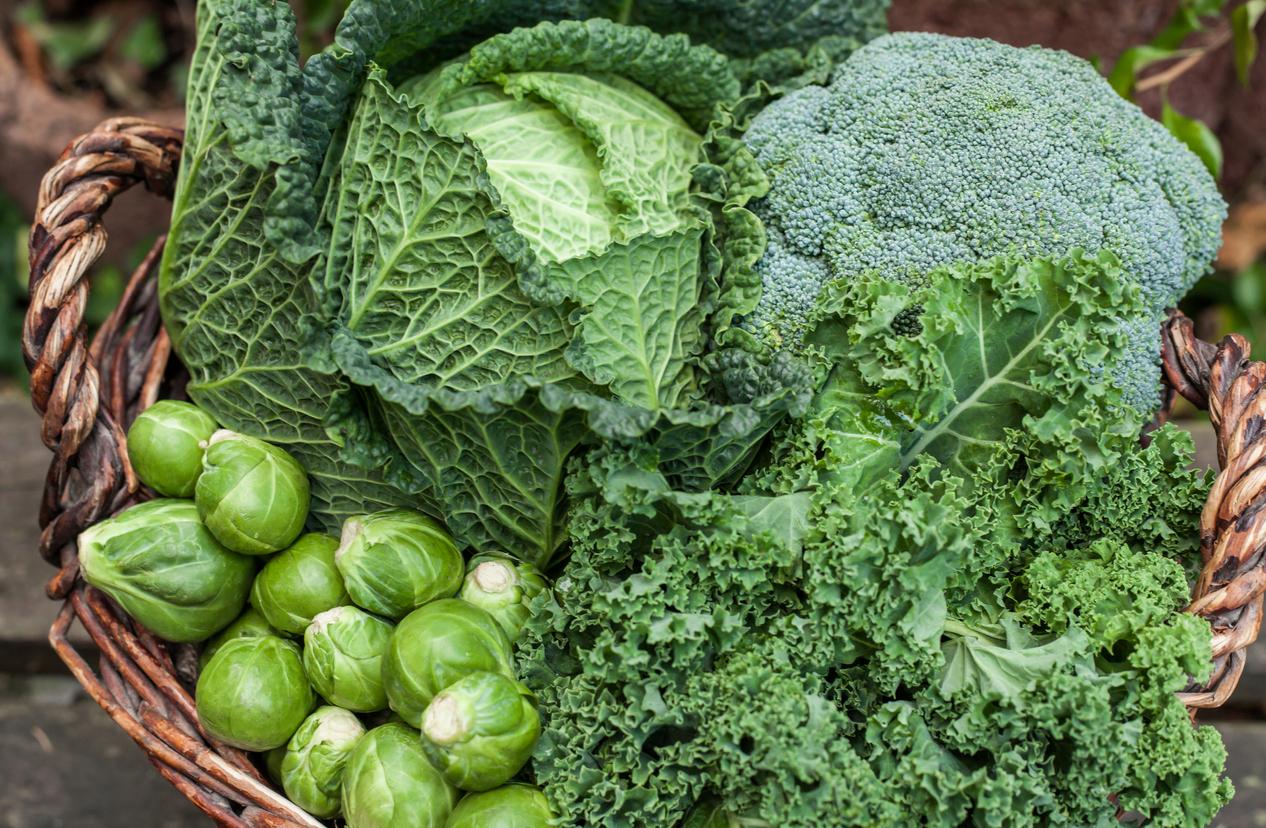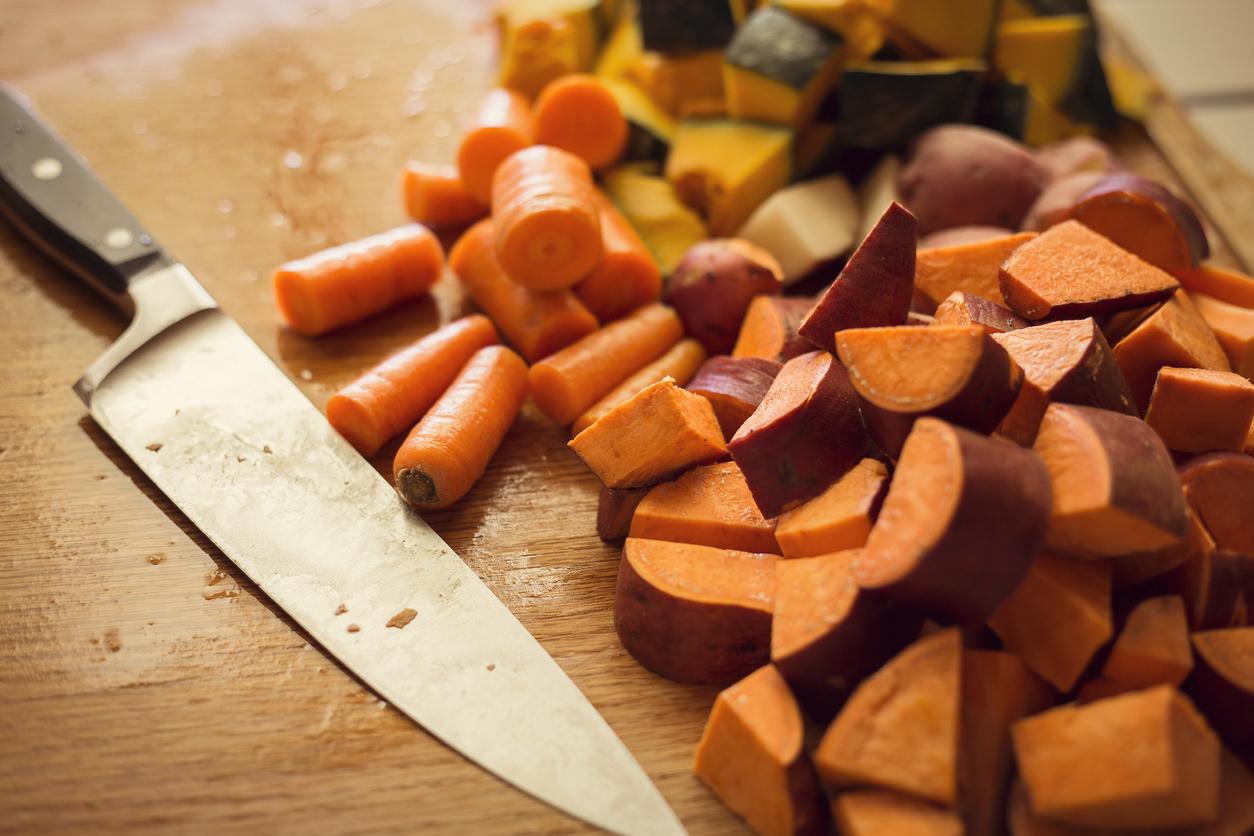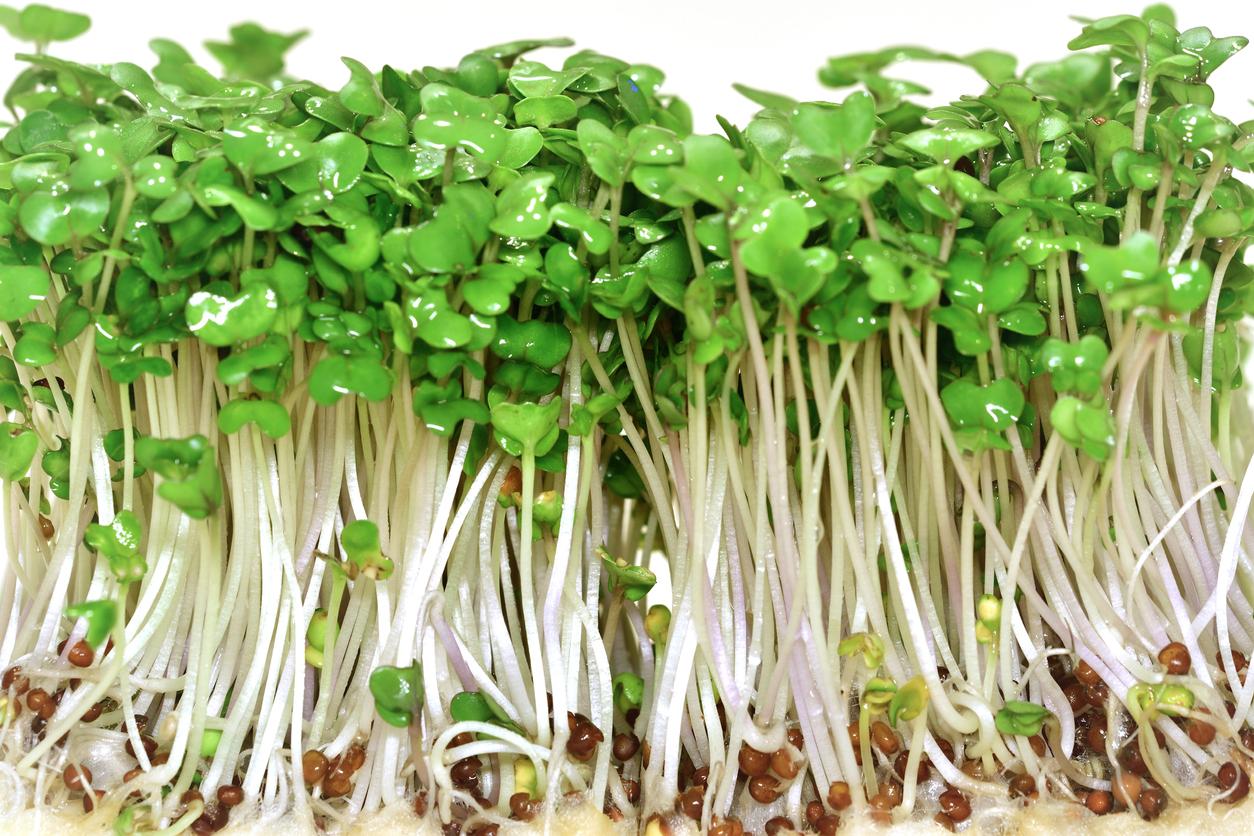A delicately musky flavor, an orange color of crazy cheerfulness and a mini price: this spice enhances all our small dishes, even the most casual. But that’s not all. Highlighted in recent years thanks to its formidable antioxidant powers, turmeric today agitates the planet of scientists. Researchers are looking into its protective effects against contemporary pathologies: cardiovascular illnesses, neurodegenerative, inflammation, digestive disorders…
A slightly bitter flavor, with a strong coloring power
It is the rhizome (underground part of the stem) of a tropical plant of the Zingiberaceae family. Cultivated in India, hence its nickname “Indian saffron”, it also grows in China, Japan, Burma, Indonesia, Malaysia and Africa. Its slightly bitter flavor flavors Indian cuisine, especially biryanis (cooked rice). It is used in the composition of many mixtures: curry, colombo, ras-el-hanout… It is also distinguished by the strong coloring power of its pigments, called curcuminoids, the leader of which is curcumin. The food industry has adopted it to color candies, English mustards (like Piccadilly, a condiment served with cold meats), syrups, cheese crusts, butters, jellies, ice creams… Its code name: E 100 .
Health effects proven by scientists
In Ayurvedic medicine, turmeric has always been known to facilitate the digestion. An action now recognized by the WHO (World Health Organization). It thus fights against stomach aches, nausea, bloating or feelings of heaviness. The WHO also recognizes it has anti-ulcer properties, thanks to a protective action on the stomach lining. It is therefore recommended in the treatment of indigestion and gastric acidity. Its effect on the liver is not negligible: curcuminoids help prevent inflammation of this organ and the gallbladder. Powerfully anti-inflammatory, it would also fight against rheumatic pain. Above all, strongly antioxidant, turmeric fascinates researchers, who are closely interested in its effects. anticancer.
With black pepper, a real association of benefactors
Curcumin is well absorbed when turmeric is consumed in rhizome or juice. When it is in powder form, this absorption is no longer complete. To increase its assimilation, add freshly ground black pepper and a little fat. Ideally, vegetable oils such as olive, rapeseed…
In what form is turmeric found?
- In powder
We choose it in a beautiful bright yellow, especially not in an “off” tone, its flavor would be too… And we prefer it organic: some production countries use
toxic products for its culture.
- In fresh rhizome
It is sold by weight in some Asian grocery stores and organic stores. It keeps refrigerated for a good week, in a plastic box. Like ginger, it is peeled before grating or finely slicing. Be careful, its juice stains!
Turmeric recipe ideas
With vegetables and cooked meals 1 tbsp. c. powder or fresh and grated rhizome in curries, tajines, tomato sauces, soups, purées, white meats, couscous…
In egg recipes
Scrambled or in an omelet.
In starch cooking water
Rice, pasta (hot or in salad), potatoes, lentils…
In pancake, shortbread, savory or sweet cake, pie batters
Add 1 tbsp. c. rounded (for 250 g of flour) in pastry.
In the desserts
A few pinches of powder or fresh and grated rhizome in cake batters: muffins, cakes, shortbread… Also in compotes, yellow fruit salads: peaches, nectarines, pineapple…
Express recipes
My anti-aging infusion
Peel and grate 1 cm of fresh turmeric.
Infuse 5 min in a cup of simmering water, filter and add 1 tbsp. of honey.
my juice
Juice apples, carrots, pineapple… with 5 cm of peeled fresh turmeric.
Read also:
5 health partners of turmeric
Breast cancer: turmeric and pepper could fight it
Turmeric: the anti-aging spice
The health benefits of turmeric












